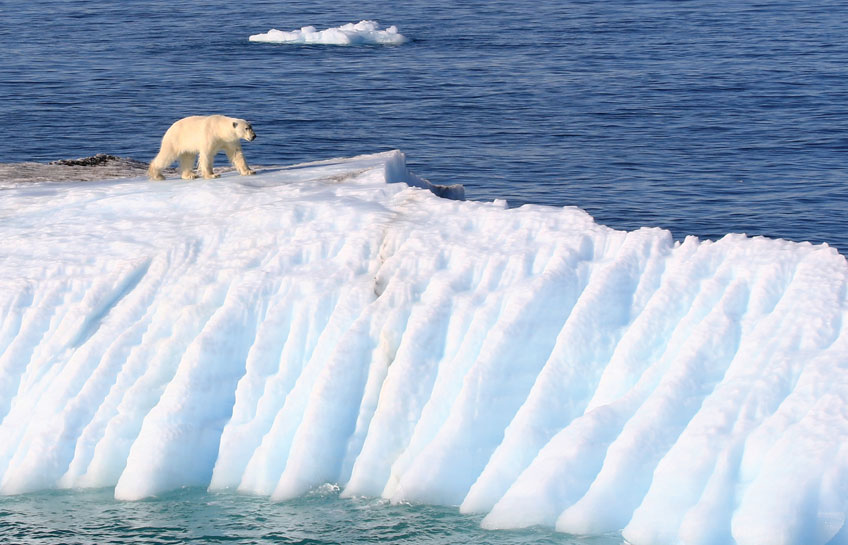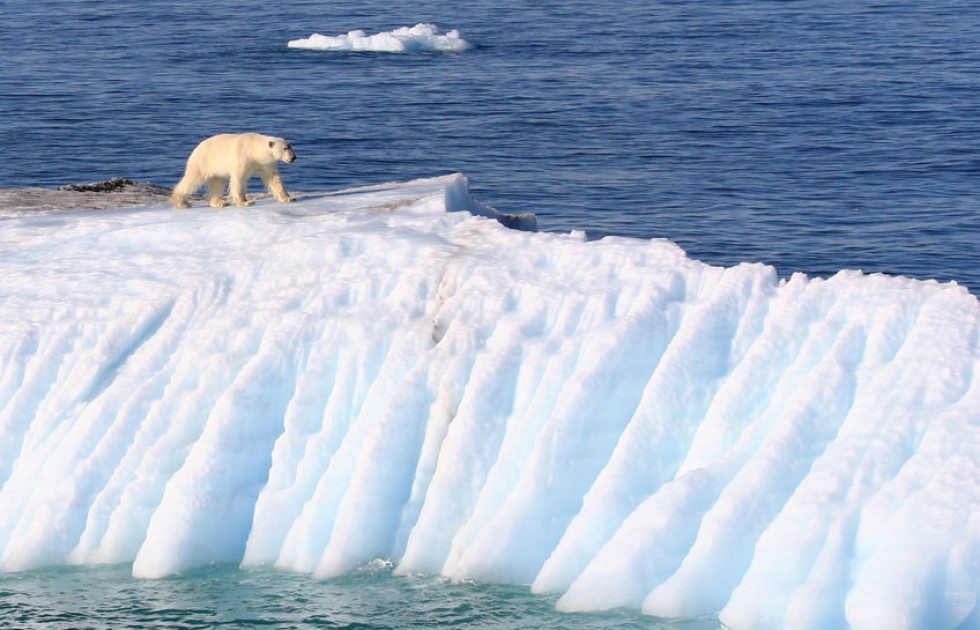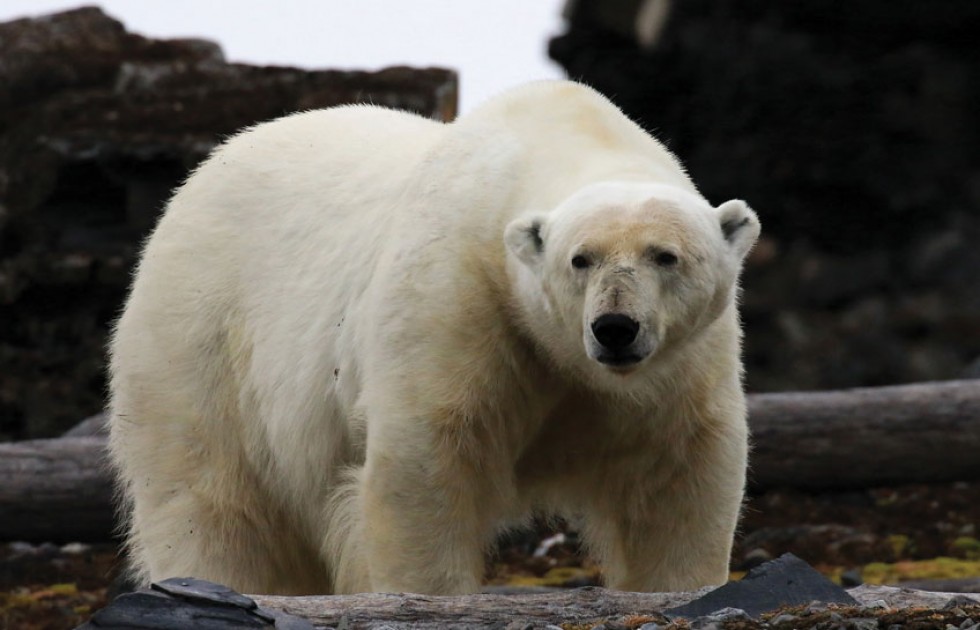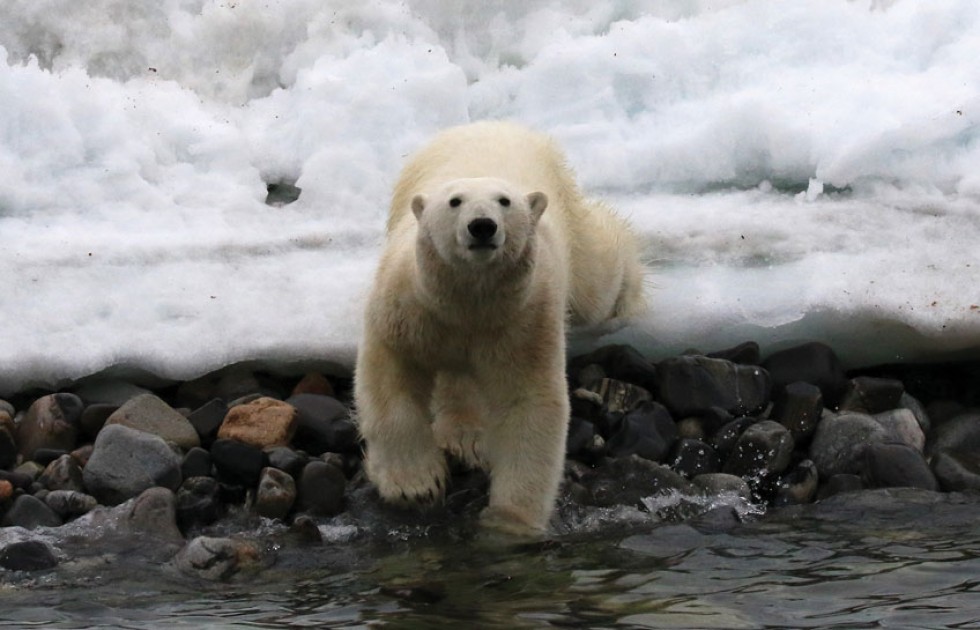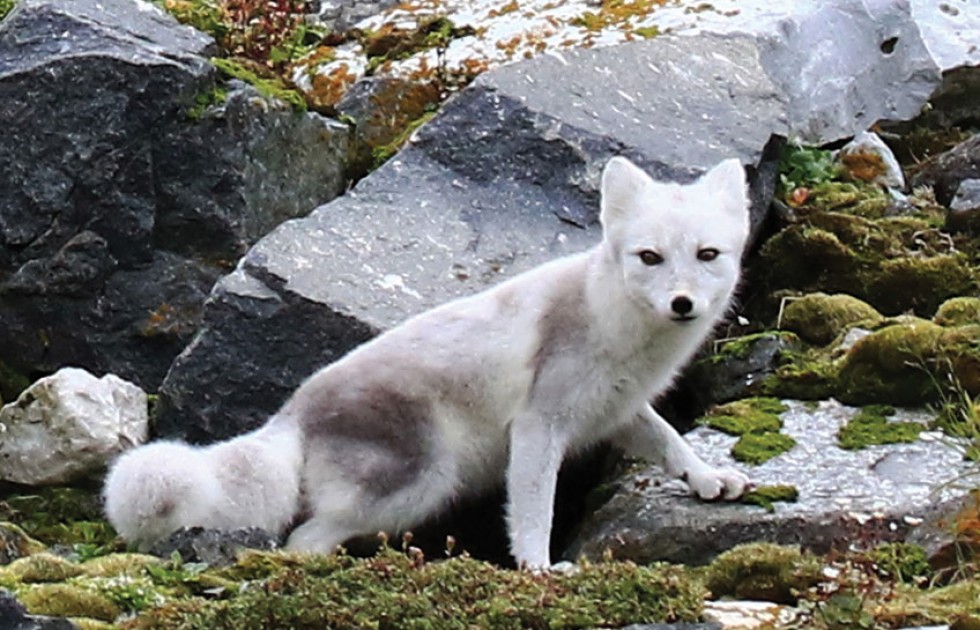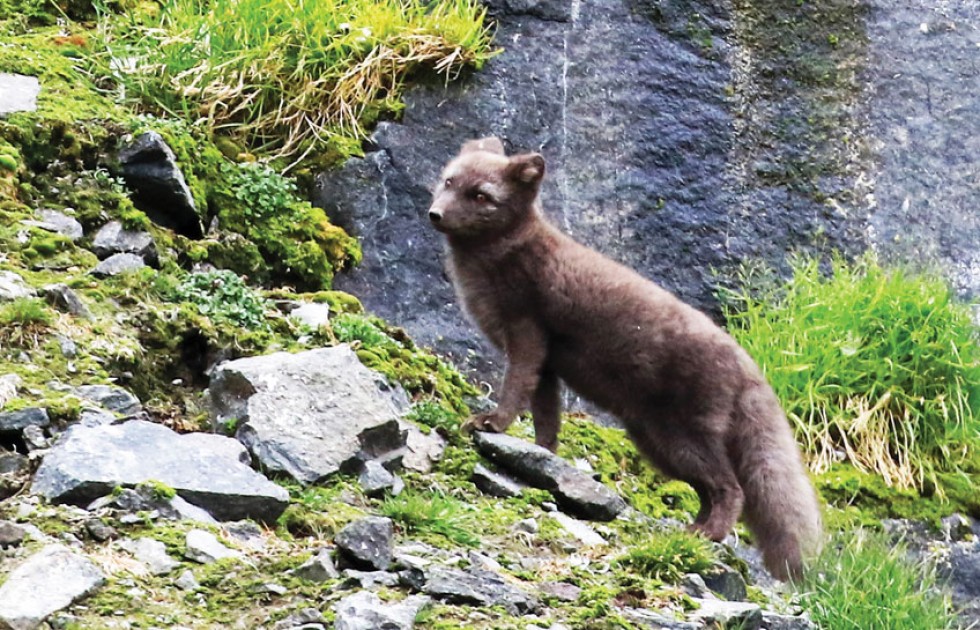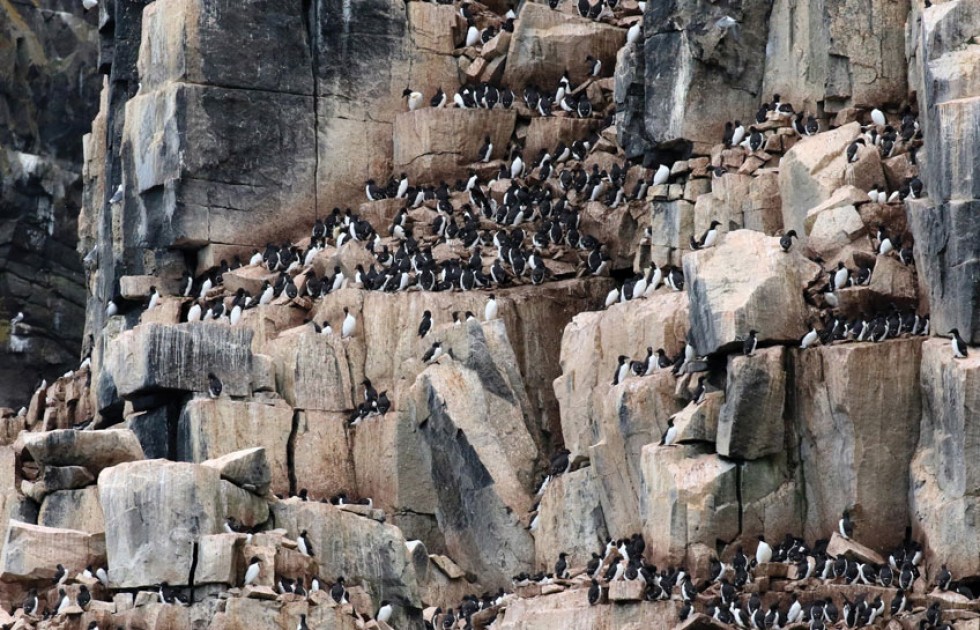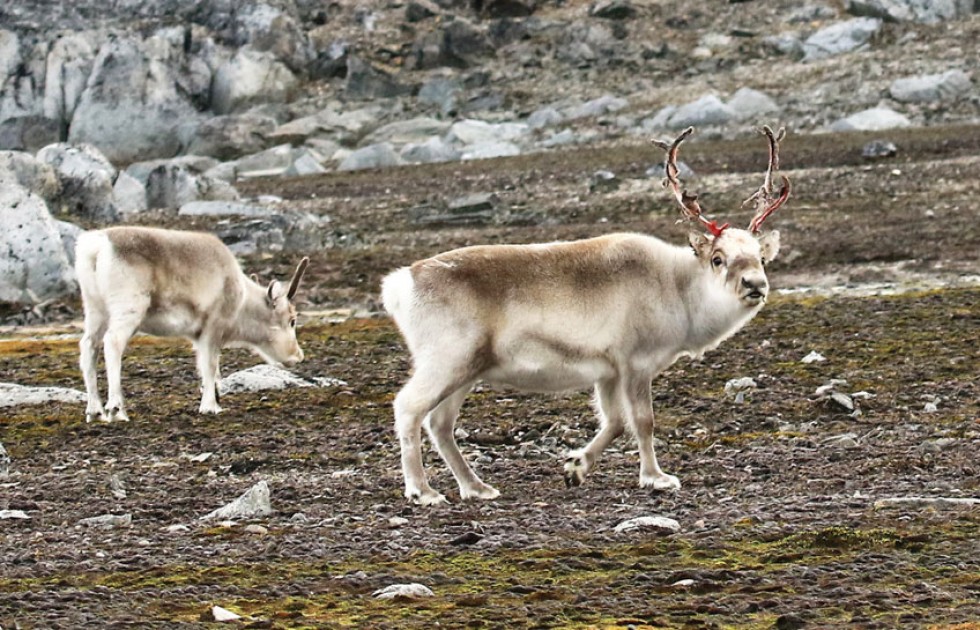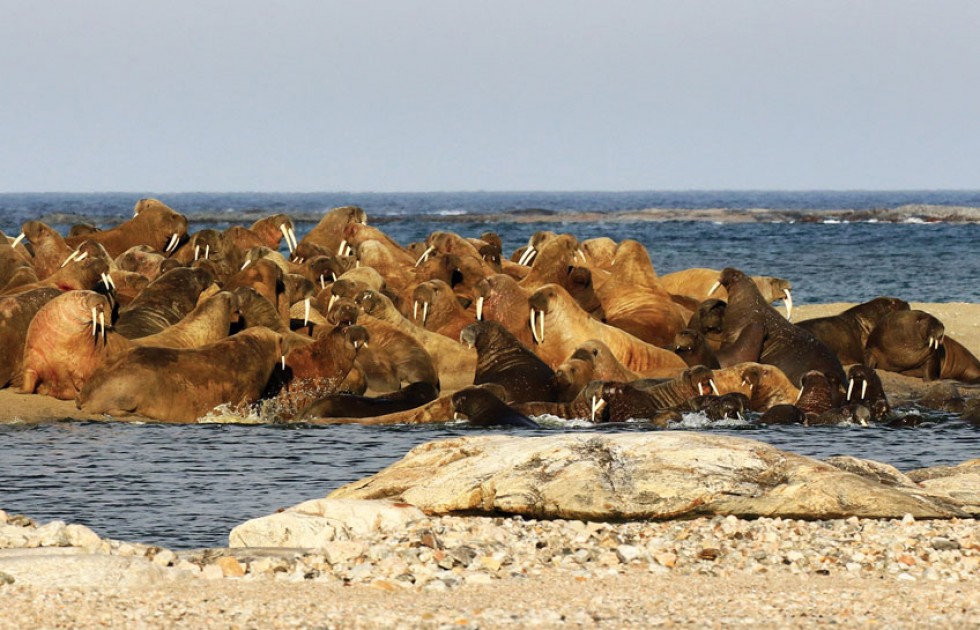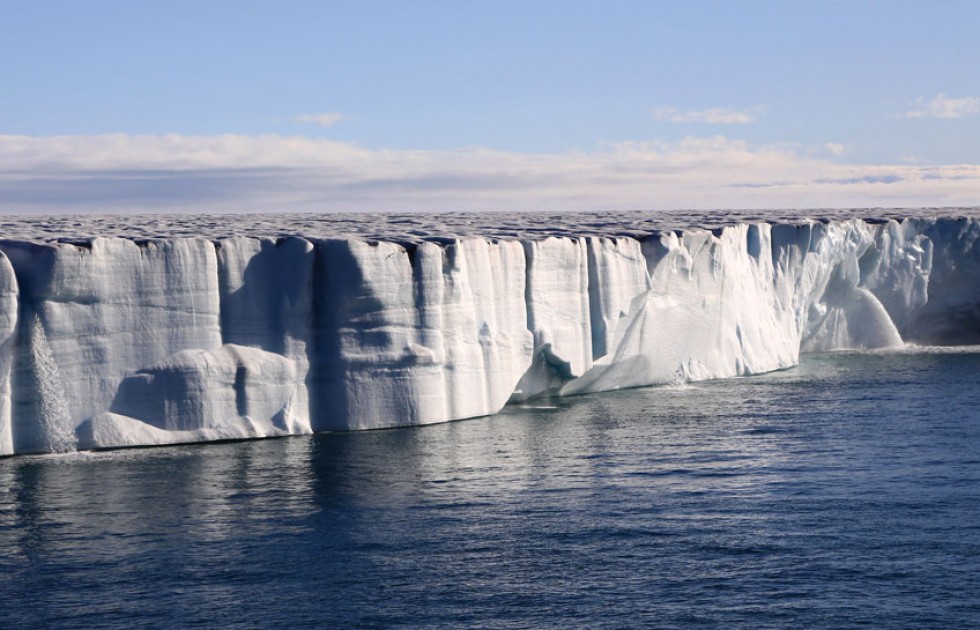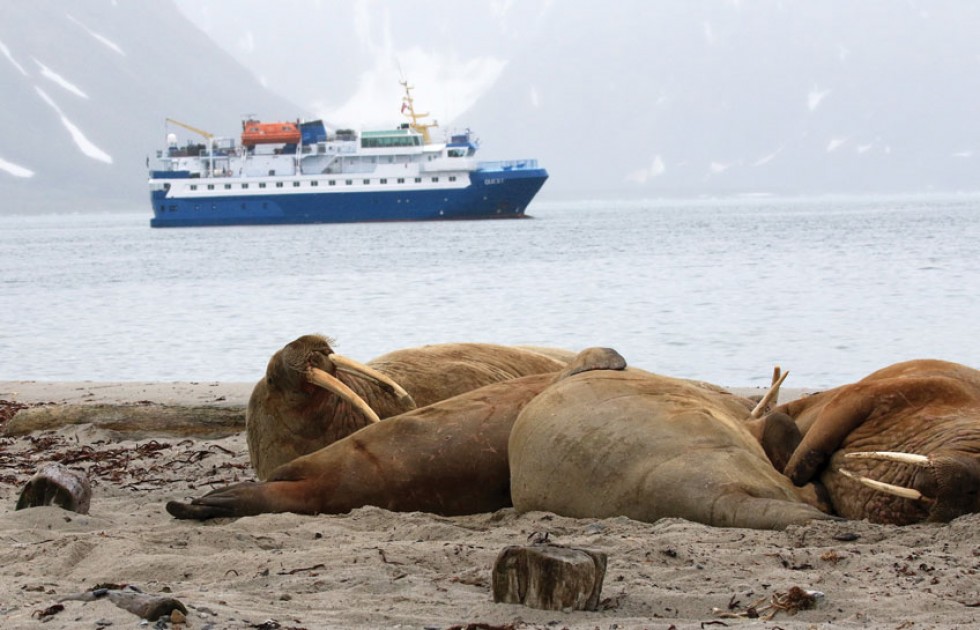CRUISING SVALBARD ARCHIPELAGO
Svalbard Archipelago, a Norwegian territory, is the world’s most northern group of islands in the Arctic Ocean occupying the total area of 61,022 square km. It is located approximately midway between continental Norway and the North Pole. The archipelago is a part of the Arctic Circle which comprises 8 countries on the rim of the Arctic Ocean, namely Norway, Sweden, Finland, Russia, USA (Alaska), Canada, Denmark (Greenland), and Iceland. The capital of the archipelago is Longyearbyen, a former mining settlement and now a polar research center and the booming tourist destination to explore the archipelago by cruise ships, snow mobiles, and trekking.
My team comprising myself, my co-host, and two cameramen of the Thai TV documentary program “Beyond the Blue Horizon” embarked on a long flight from Bangkok to Oslo, the capital of Norway. After two days of rest and preparation for our adventure in the Arctic Circle, we flew on a three-hour domestic flight from Oslo to Longyearbyen to board the M/V Quest on the eleven-day cruise around the Svalbard Archipelago. It was in August, the most summer month in the archipelago, with the temperature of 0-5 degree Celsius in contrast to -50 degree Celsius in winter.
M/V Quest, a small cruise ship carrying 47 passengers, departed Longyearbyen cruising along the western side of the main island of Spitsbergen heading south before crossing to the eastern side heading north. During the first two days, the ship passed several large glaciers and stopped at a few beautiful fjords allowing the passengers to explore the fjords and glaciers at close range on the ship’s zodiacs. The only wildlife we saw were some species of sea birds – black-legged kittiwakes, black guillemots, glaucous gulls, and barnacle geese. We waited patiently in anticipation of spotting mammals such as polar bear, walrus, Arctic fox, and Svalbard reindeer, which were our main filming targets on this expedition.
It was Polar Bear No. 10 which gave us some excitement as we approached Phippsoya Island in a zodiac. This young male was lying on snow and perked up when he saw our zodiac approaching. He got up and walked down to the beach staring at us. Then he did the unexpected thing by going into the water and swimming toward our zodiac. We were not certain of his motive, whether it was curiosity or hunger. We sped the zodiac away from him to let him realize that he couldn’t catch up with us. The bear got the message, gave up the chase, swam back to the beach, and went up to lie down on the snow.
This incident confirmed that polar bear danger is real as evident by the warning signs we saw around two communities at Longyearbyen and Ay Eslund on Svalbard. On each landing, each group of passengers from the ship was led by an experienced guide armed with a flare pistol to scare a polar bear away and a high-powered rifle capable of stopping a charging polar bear at 40 meters. The landing passengers must stay behind a guide and must not stray from the group.
Polar bears could be anywhere and could move very fast, and they are not afraid of humans. If a polar bear was spotted from the zodiac, the landing on that island was aborted, and we explored the island on the zodiac.
Our cruise ended with the visit to the spectacular Alkefjeet bird cliff where several thousands of Brunnich’s Guillemots resided from April to August to mate and breed before migrating to Greenland and Iceland during winter. A bonus our team enjoyed at this bird cliff was the unexpected sighting of two Arctic foxes in grey and white summer coating, which would turn completely white in winter, and one very rare Blue Arctic fox in dark brown coating. The three foxes were preying on the birds and eggs. Both the Arctic and the Blue Arctic foxes are the same species, with only 3% of the Arctic foxes having dark brown fur.
We very much enjoyed the cruise and our Arctic adventure as we brought back many memorable photographs and valuable video footage for our TV documentary program. May I recommend cruising Svalbard Archipelago to those who seek adventure, unique Arctic wildlife, and spectacular sceneries.


